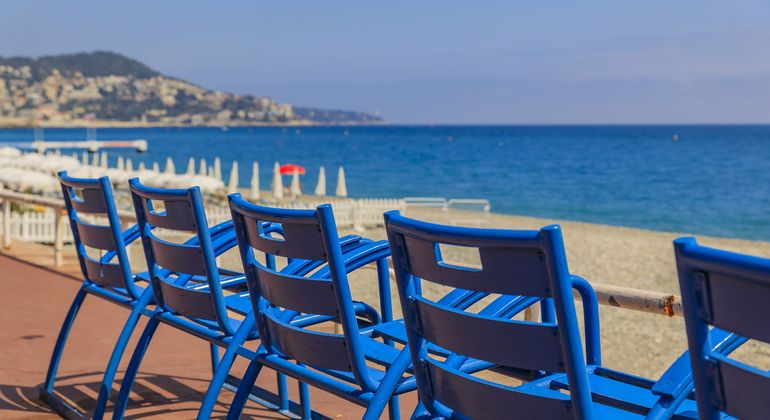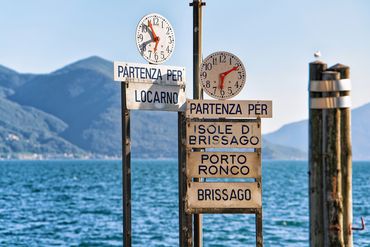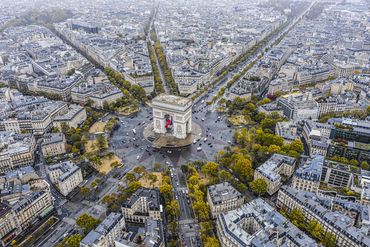For IP professionals
This is the portal for professionals working in the field of intellectual property. Here you'll find direct access to all necessary resources.
Quick links
Sun, sand and trade mark protection
Walking through the Swiss Federal Institute of Intellectual Property (IPI), you could be forgiven for thinking you’re on a short trip around Europe. The meeting rooms are named after cities, such as Paris, Munich and The Hague. But there’s more to the names of these gathering spots than just destinations for upcoming holidays. This dazzling city in the south of France isn’t only associated with sunshine, sea and a rich architectural heritage, but also with trade mark law. The Nice Classification divides trade marks into 45 classes.

While most people in southern France have probably heard of the midday cannon in Nice (the locals are very particular about eating lunch on the dot), few of them will be familiar with the Nice Classification. In our last post about IP cities, we talked about the 32 design classes used to classify protected designs based on a kind of goods inventory. There’s actually a list of goods and services for trade marks too.
The Nice Agreement Concerning the International Classification of Goods and Services for the Purposes of the Registration of Marks was signed in the French Riviera in 1957. Alongside the text of the international treaty, the agreement also includes an international classification for trade marks, which allocates goods and services to a total of 45 classes and is applicable in the 179 states that have signed the Paris Convention for the Protection of Industrial Property (read blog article "Paris, j’aime ta convention !").
Every contracting state to the Nice Agreement is obliged to use the classification when registering trade marks, either as a main or subsidiary classification. Official documents and publications must also indicate the numbers of the goods and service classes for which the trade marks are registered. The Nice Classification is also used in a number of countries that aren’t contracting parties to the agreement. The most recent member states are the United Arab Emirates (January 2022) and Peru (July 2022).
It’s very important to classify goods and services as precisely as possible so that the trade mark is protected for the products it’s to be used for. The IPI offers a classification tool that makes it easier to classify trade marks.



